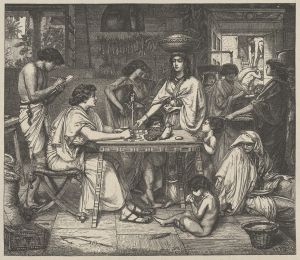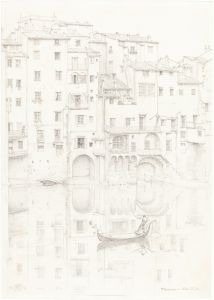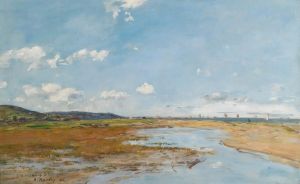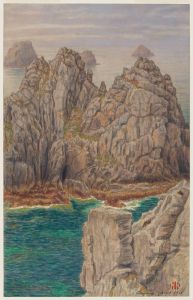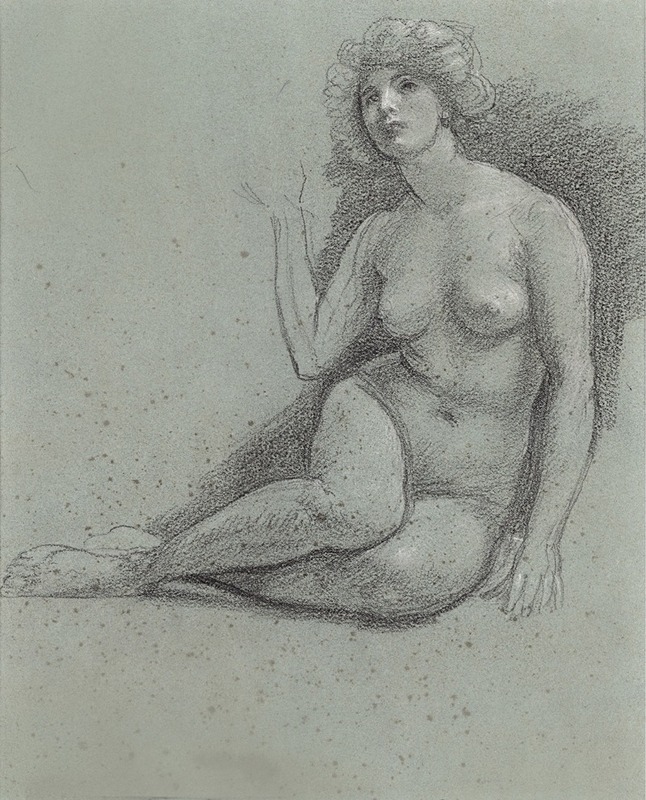
Study for At Low Tide
A hand-painted replica of Edward John Poynter’s masterpiece Study for At Low Tide, meticulously crafted by professional artists to capture the true essence of the original. Each piece is created with museum-quality canvas and rare mineral pigments, carefully painted by experienced artists with delicate brushstrokes and rich, layered colors to perfectly recreate the texture of the original artwork. Unlike machine-printed reproductions, this hand-painted version brings the painting to life, infused with the artist’s emotions and skill in every stroke. Whether for personal collection or home decoration, it instantly elevates the artistic atmosphere of any space.
"Study for At Low Tide" is a preparatory work by the British artist Edward John Poynter, who was an influential figure in the Victorian art scene. Poynter, born in 1836, was known for his classical style and attention to detail, often drawing inspiration from historical and mythological themes. He was a prominent member of the Royal Academy and served as its president from 1896 to 1918.
The study is related to Poynter's larger work, "At Low Tide," which reflects his interest in capturing everyday life with a sense of realism and narrative depth. Although specific details about the study itself are limited, it is understood that such preparatory works were integral to Poynter's artistic process. They allowed him to experiment with composition, lighting, and figure placement before committing to the final version of a painting.
Poynter's works often exhibit a meticulous approach to composition and a strong emphasis on the human figure, characteristics that are likely present in "Study for At Low Tide." His academic training and exposure to classical art during his studies in Italy and France significantly influenced his style. Poynter was particularly adept at rendering the human form with anatomical precision, a skill that would have been evident in his preparatory studies.
The thematic focus of "At Low Tide" and its study likely revolves around the interaction between humans and nature, a common motif in Poynter's oeuvre. His works frequently explore the harmony and tension between these elements, often set against the backdrop of historical or mythological narratives. While the specifics of the scene depicted in "Study for At Low Tide" are not well-documented, it can be inferred that the study served as a foundational step in developing the final composition's narrative and visual impact.
Edward John Poynter's contributions to the art world extend beyond his paintings. As a teacher and administrator, he played a crucial role in shaping the direction of British art education. His tenure at the Royal Academy was marked by efforts to modernize the institution and promote the importance of technical skill and academic rigor in art.
In summary, "Study for At Low Tide" exemplifies Edward John Poynter's methodical approach to painting and his dedication to capturing the nuances of human experience. While specific details about the study are scarce, its connection to Poynter's broader body of work highlights his enduring legacy as a master of Victorian art.








